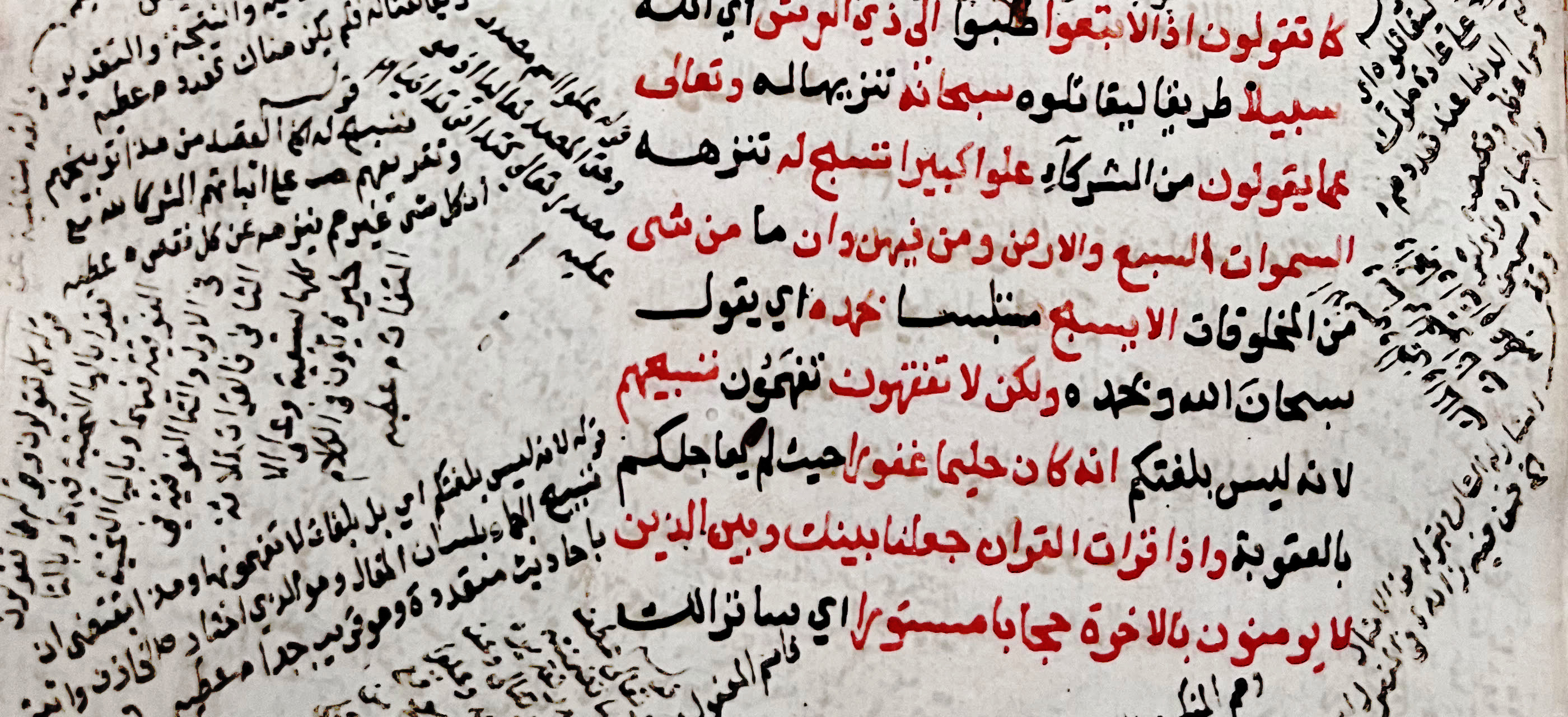1560 Cerbe Deniz Savaşının Türk ve İspanyol tarihindeki yeri
Contenu
Önalp, Ertuğrul. 2007. « 1560 Cerbe Deniz Savaşının Türk Ve İspanyol Tarihindeki Yeri ». Ankara Üniversitesi, bibliographie, consulté le 11 mai 2025, https://ibadica.org/s/bibliographie/item/28262
- Titre
- 1560 Cerbe Deniz Savaşının Türk ve İspanyol tarihindeki yeri
- Type
- Thesis
- Auteur
- Önalp, Ertuğrul Voir tous les contenus avec cette valeur
- Date
- 2008
- Résumé
- Spain and Venice felt more and more threatened by the Ottomans and their corsair allies after losing against Barbarossa Hayreddin's Ottoman fleet at the Battle of Preveza in 1538 and the disastrous expedition of Emperor Charles V against Barbarossa in Algiers in 1541.Especially when Piyale Pasha had captured the Balearic Islands and together with Turgut Reis raided the Mediterranean coasts of Spain in 1558. Taking advantage of the piece made between Spain and France ;the initiative came from Maltese Knights who appealed to King Philip II of Spain to organize an expedition to retake Tripoli from Turgut Reis, who had captured the city from the Maltese Knights in August 1551 and had subsequently been made Bey (Governor) of Tripoli by Sultan Suleiman the Magnificent.The naval Battle of Djerba took place in May 1560 near the island of Djerba, Tunisia. It is believed by most reputable historians that the fleet assembled by the allied Christian powers in 1560 consisted of between 50 and 60 galleys and between 40 and 60 smaller craft. For instance , the official historian of the Knights of St John Giacomo Bosio, writes that there were 54 galleys. Fernand Braudel also mentions about 54 warships plus thirty-six supply vessels. Carmel Testa who had access to the archives of the Knights of St. John made more accurate listings. He lists precisely 54 galleys, 7 brigs, 17 frigates, 2 galleons, 28 merchant vessels and 12 small ships. These ships and their supplies were supplied by a coalition that consisted of Genoa, Naples, Sicily, Florence the Papal States, and the Knights of Saint John. Giovanni Andrea Doria, nephew of the Genoese admiral Andrea Doria, took the command of the fleet which assembles in Mesina. The fleet first sailed to Malta, where bad weather conditions and the hard sea forced it to remain for two months. Around 2,000 men were lost there, due to bad conditions and contagious diseases.Finally the fleet set sail for Tripoli on 10 February, 1560. Unfortunately we do not know the exact number of soldiers aboard. Braudel gives 10,000-12,000; Testa 14,000; considering the number of men a sixteenth century galley could carry, old figures like 20.000 are completely exaggerations.The expedition came to shore near to Tripoli but the lost of too many soldiers and the bad condition of the remaining soldiers changed the objectives. They decided to take Djerba first to use it as a command centre for the operation that was to made to Tripoli. Then the expedition returned to Djerba which they overran quickly. The Viceroy of Sicily, Don Juan de la Cerda, Duke of Medina Coeli, ordered the fort in the island to be strengthened.By that time Piyale Pasha was ordered to patrol in the Mediterranean and to sieged a small island of Malta, he learnt a Christian fleet occupied Djerba to occupy later Tripoli. The Turkish fleet changed it?s course and head to Djerba after taking necessary precautions. The fleet arrived at Djerba on 11 May 1560. Since the Christian forces did not expect it to come before July it was a complete surprise for them. With the help of the strong winds, Piyale Pasha had closed the Gap between Istanbul and Djerba in less then a month.The battle was over in a matter of hours, with about half the Christian galleys captured or sunk. Anderson gives the total number of Christian casualties as 18,000 but Guilmartin more conservatively puts the losses at about 9,000 of which about two-thirds would have been oarsmen.Giovanni Andrea Doria the commander of the fleet managed to escape in a small vessel and the remaining forces took refuge in the fort that they had strengthened just days earlier, which was soon attacked by the combined forces of Piyale Pasha and Turgut Reis. The garrison surrendered after a siege of three months and Piyale Pasha took the prisoners back to Istanbul, including the Spanish commander D. Alvaro de Sande, who had taken command of the Christian forces after Doria had escaped. The accounts of the final days of the besieged garrison are irreconcilable.The victory in the Battle of Djerba represented the apex of Ottoman naval domination in the Mediterranean. Soon The Ottomans made an unsuccessful effort on Malta in 1565, the new base of Saint Jean Knights who were expelled from Rodas. Although the Ottomans had captured Cyprus from Venice in 1571 the legend of the invincible Ottoman fleet continued until the Battle of Lepanto in 1571 where the Turkish naval forces were destroyed by the Christian fleet.Shortly after The Ottomans were able to build another large fleet in less than a year after Lepanto, and recaptured Tunis from the Spaniards and their Hafsid vassals in 1574.
- Editeur
- Ankara Üniversitesi Voir tous les contenus avec cette valeur
- Place
- Ankara
- Sujet
- Invasions chrétiennes -- Djerba -- 1560 Voir tous les contenus avec cette valeur
- Langue
- tur
- nombre de pages
- 165
Önalp, Ertuğrul. 2007. « 1560 Cerbe Deniz Savaşının Türk Ve İspanyol Tarihindeki Yeri ». Ankara Üniversitesi, bibliographie, consulté le 11 mai 2025, https://ibadica.org/s/bibliographie/item/28262
Position : 43642 (7 vues)

